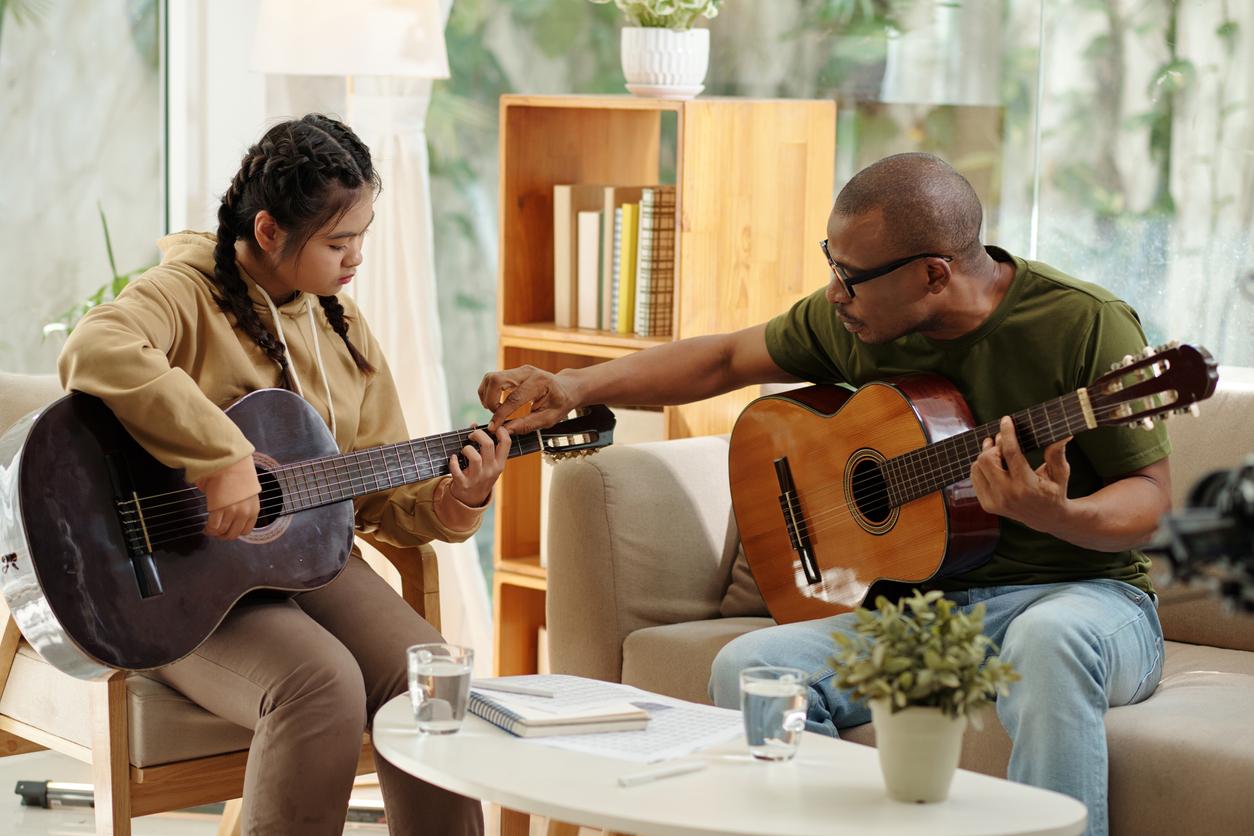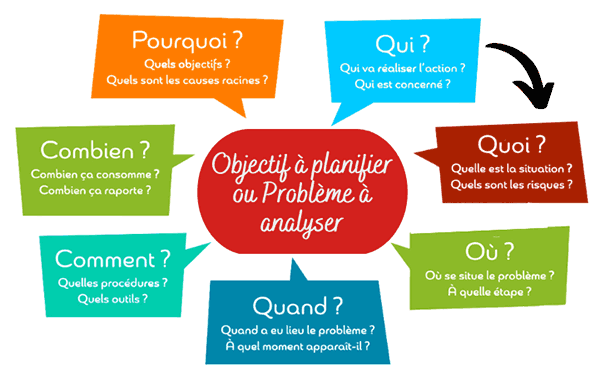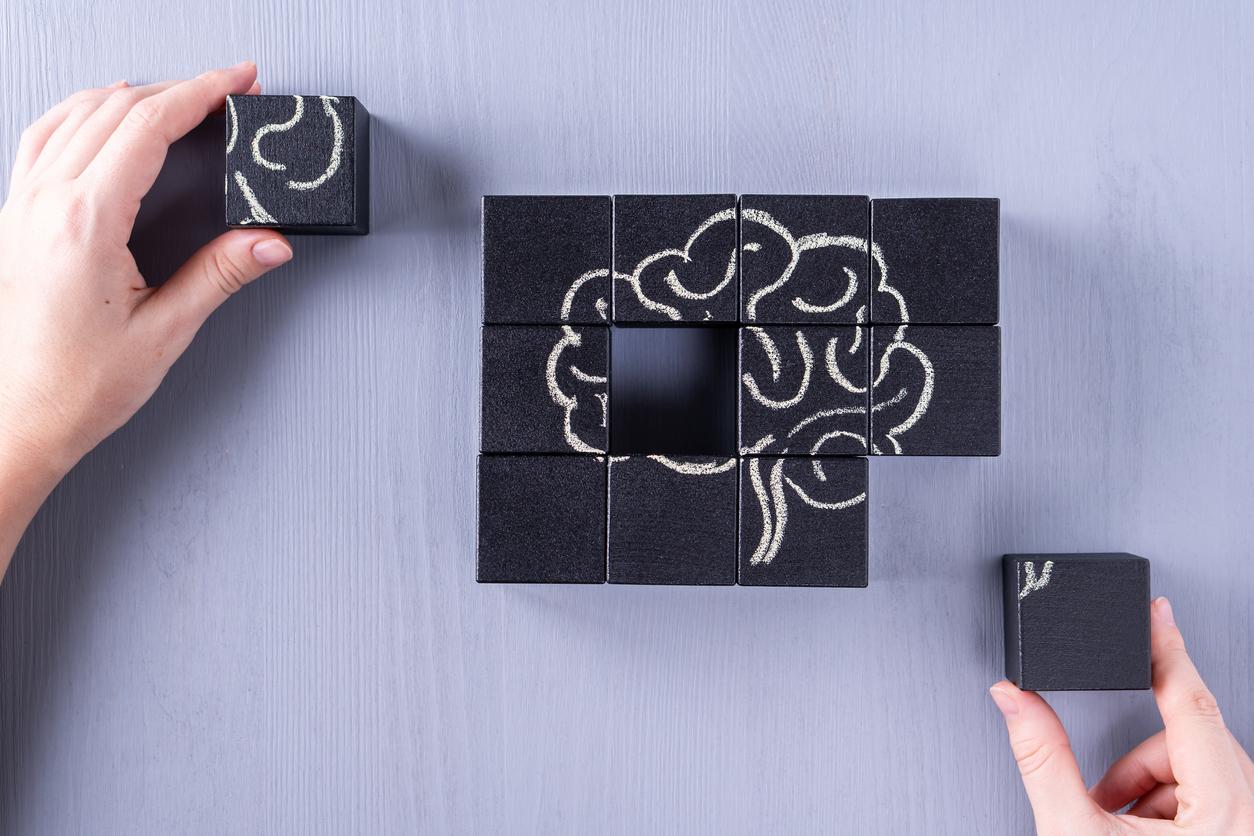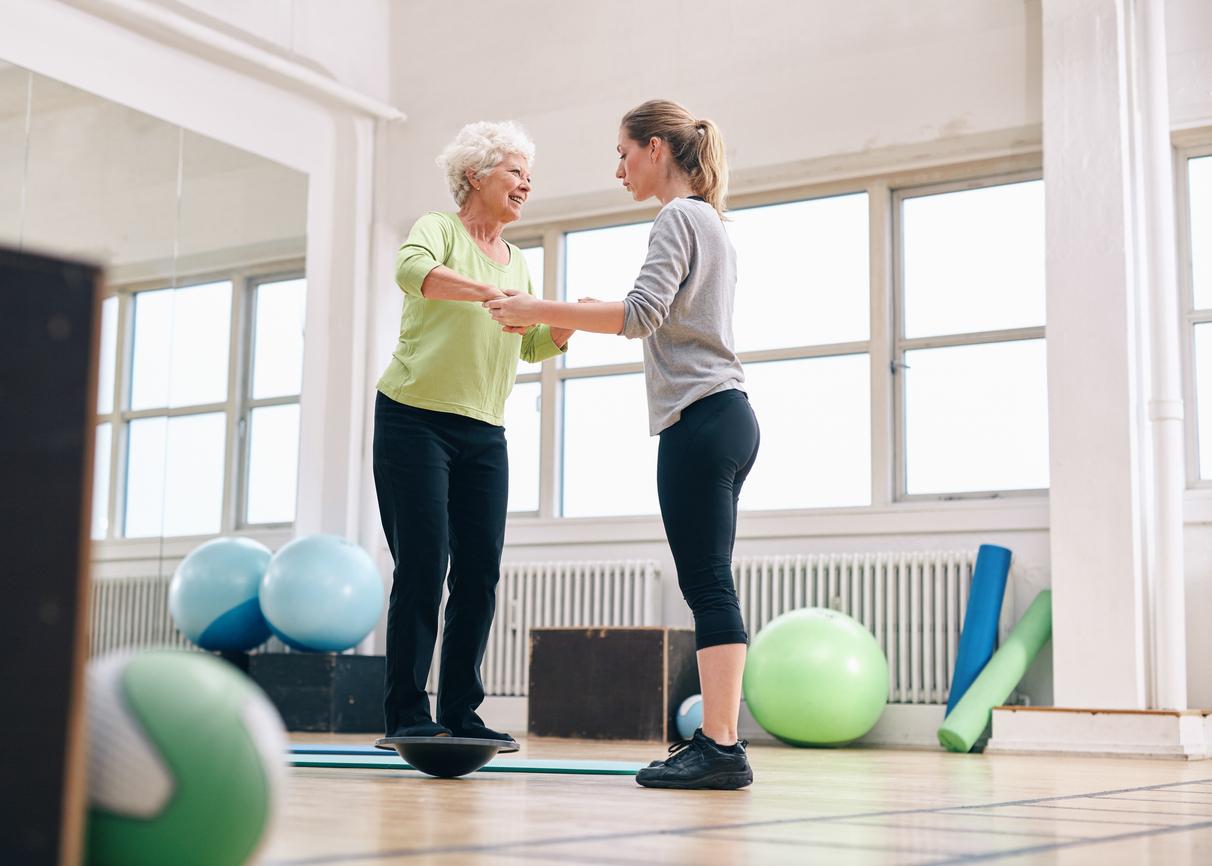Passive exposure to a foreign language, pianist performances or cycling allows you to quickly develop and acquire new skills.

- Listening to someone speaking a foreign language, watching someone riding a bike or playing guitar speeds up the learning process.
- Passive exposure to task-related stimuli lays the foundation in the brain, which is primed to make these connections more quickly.
- Then, during active training, the brain connects the stimulus to particular behaviors.
To be able to speak Spanish, play the guitar or even ride a bike, you need to practice and train regularly. However, in a recent study, scientists from the University of Oregon (USA) showed how passive exposure to task-related elements, which is relatively effortless and does not require feedback, influences learning.
Passive exposure to sounds allowed mice to choose the reward location faster
To carry out their work, the researchers carried out experiments on mice. To analyze how rodents learn, they trained them to reach for a reward at a specific location in response to sounds. All mice underwent active training, in which they were given feedback on their performance to find out whether they had made the right choice. During passive exposure, some rodents also heard the sounds, but they were not involved in the task.
According to the results, published in the journal eLife, animals that were passively exposed to sounds in addition to being actively trained learned to select the reward location more quickly. It didn’t seem to matter “whether passive exposure took place at the start of training or throughout the sessions”.
The brain is primed to make connections faster through passive exposure
Next, the team trained and tested neural networks with different structures and learning rules to perform the task. The authors found that passive exposure to a stimulus lays the foundation in the brain, creating a hidden representation of that stimulus that captures its most important features, like drawing an outline in pencil before diving into a detailed painting. Then, during active learning, the brain connects the stimulus to particular behaviors. With passive exposure, the brain is primed to make these connections more quickly.
“Our results suggest that, in mice and humans, a given performance threshold can be achieved with relatively little effort by combining effortless passive exposure with active training. This information could be useful to people learning a foreign instrument or language, although further research will be needed to better understand how this applies to more complex tasks. concluded James Murrayneuroscientist and author of the study.
















